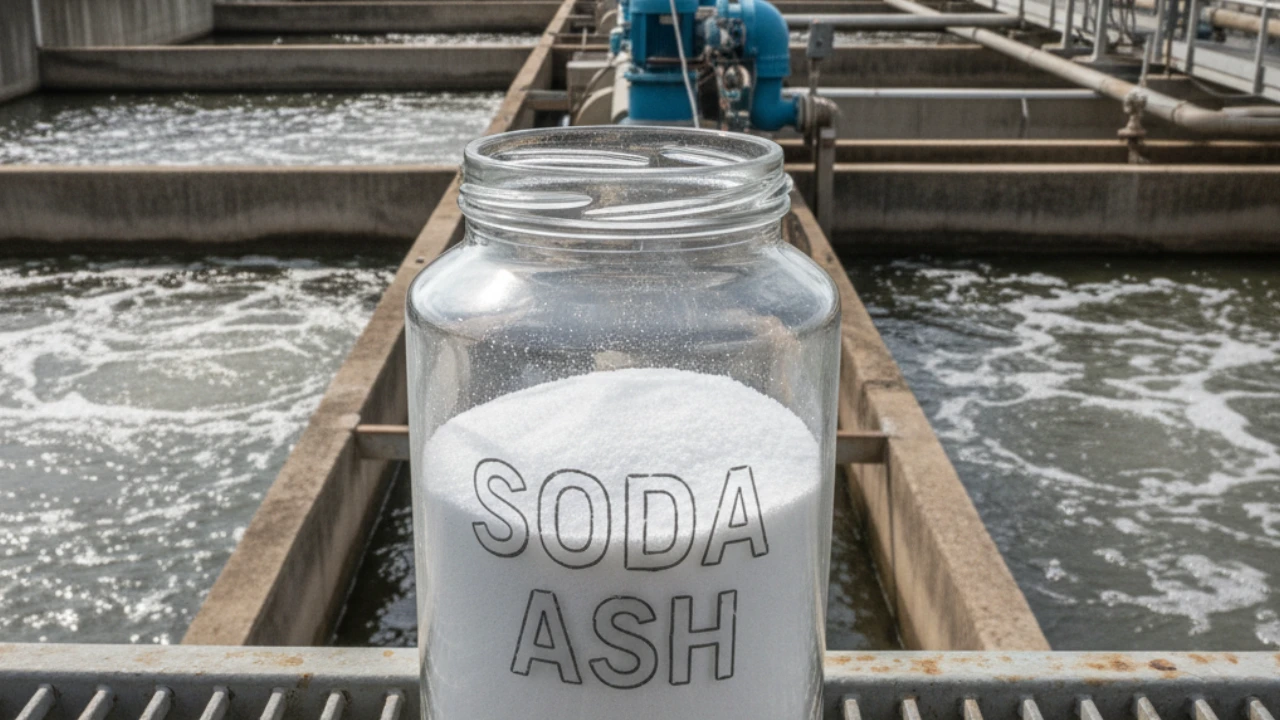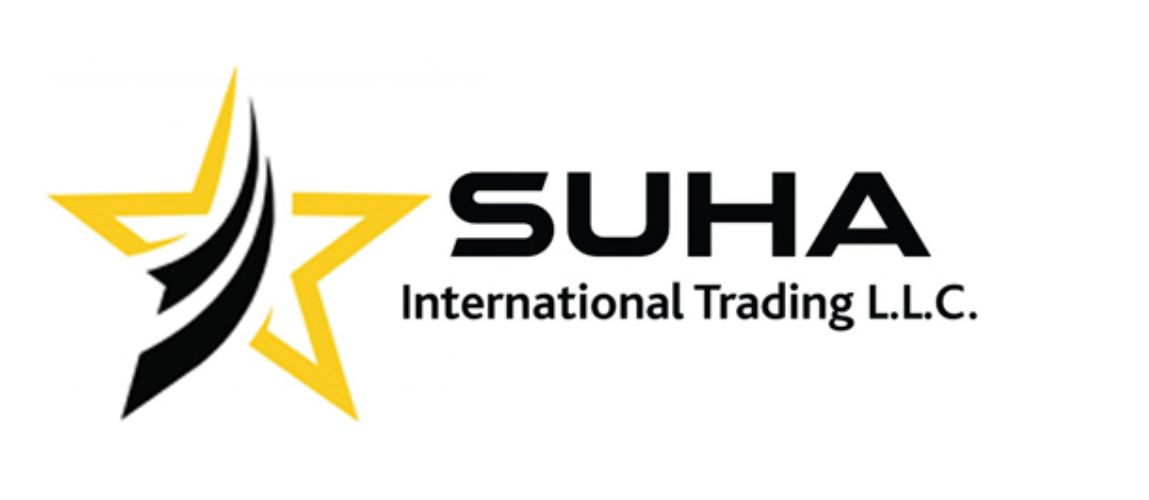Soda Ash in Water Treatment: Applications, Benefits, and Supply

Introduction to Soda Ash in Water Treatment
In the realm of industrial and municipal water management, soda ash in water treatment—chemically sodium carbonate (Na₂CO₃)—plays a pivotal role in ensuring water quality, safety, and sustainability. As a versatile alkaline agent, soda ash facilitates critical processes such as pH adjustment, water softening, and heavy metal precipitation, making it indispensable for treating drinking water, industrial effluents, and wastewater. With global water scarcity projected to impact billions by 2050, the demand for efficient solutions like soda ash has surged. In 2025, the soda ash market is valued at approximately USD 20.62 billion and is forecasted to reach USD 26.67 billion by 2034, driven by advancements in sustainable production and automation in water treatment facilities. This article delves into the mechanisms, applications, and emerging trends of soda ash in water treatment, highlighting its contributions to corrosion control, alkalinity enhancement, and environmental compliance.
Chemical Properties and Production of Soda Ash
Soda ash, or anhydrous sodium carbonate, is a white, odorless powder with high solubility in water—dissolving at about 21.6 grams per 100 milliliters at 20°C—forming a mildly alkaline solution ideal for aqueous applications. Primarily sourced from natural trona deposits or produced synthetically via the Solvay process, global production exceeded 60 million tons in 2024, with U.S. output rising 10% year-over-year. Recent innovations, including carbon-negative methods leveraging renewable electricity and direct air capture (DAC) technology, are poised to reduce the environmental footprint of soda ash manufacturing, aligning with global sustainability goals.
In water treatment contexts, soda ash’s reactivity stems from its dissociation:
NaX2COX3+HX2O→2 NaX++HCOX3X−+OHX− \ce{Na2CO3 + H2O -> 2Na^+ + HCO3^- + OH^-} NaX2COX3+HX2O2NaX++HCOX3X−+OHX−
This yields hydroxide ions for pH elevation and bicarbonate for buffering, enabling precise sodium carbonate applications in diverse scenarios.
Key Applications of Soda Ash in Water Treatment
Soda ash’s multifaceted utility addresses core challenges in water purification, from acidity neutralization to impurity removal. Below, we outline primary uses, incorporating latent semantic indexing (LSI) terms such as lime-soda softening, corrosion inhibitors, and alkalinity addition.
pH Adjustment and Corrosion Control with Soda Ash
Acidic water sources, including groundwater and industrial discharges, pose risks of infrastructure corrosion and contaminant leaching. Soda ash in water treatment excels at raising pH to 7.5–8.5, mitigating these issues without introducing excessive hardness. Automated injection systems, increasingly prevalent in 2025 smart water treatment plants, enable real-time pH management, enhancing operational efficiency. Silicate inhibitors, often blended with soda ash, further bolster corrosion control by forming protective films on pipes.
Water Softening Processes Using Soda Ash
The lime-soda ash softening process removes calcium and magnesium ions, key contributors to water hardness and scaling in boilers and appliances. Soda ash precipitates these as insoluble carbonates:
CaX2++COX3X2−→CaCOX3 ↓ \ce{Ca^{2+} + CO3^{2-} -> CaCO3 \downarrow} CaX2++COX3X2−CaCOX3 ↓
MgX2++2 OHX−→Mg(OH)X2 ↓ \ce{Mg^{2+} + 2OH^- -> Mg(OH)2 \downarrow} MgX2++2OHX−Mg(OH)X2 ↓
Targeted at pH 10.3–10.6, this method is standard in municipal facilities, with sludge recyclability supporting circular economy principles. Dosage typically ranges from 50–200 mg/L, optimized via influent analysis.
Heavy Metal Precipitation and Impurity Removal
In wastewater treatment, soda ash facilitates heavy metal removal by forming stable carbonates of copper, zinc, iron, and other toxins, which are readily filtered. This is particularly effective in mine drainage remediation, where passive soda ash dosing outperforms traditional aeration. Such applications ensure compliance with stringent regulations like the U.S. EPA’s Safe Drinking Water Act.
Alkalinity Control and Buffering Enhancement
Soda ash boosts total alkalinity, providing resilience against pH fluctuations during chlorination or distribution. For low-alkalinity waters, combining soda ash with lime achieves balanced buffering without rapid pH spikes. This is crucial for maintaining microbial stability and aesthetic qualities in potable water.
| Application | Key LSI Terms | Typical Dosage (mg/L) | Primary Benefit |
|---|---|---|---|
| pH Adjustment | Corrosion inhibitors, alkalinity addition | 50–150 | Prevents pipe degradation |
| Water Softening | Lime-soda process, hardness removal | 100–200 | Reduces scaling in systems |
| Heavy Metal Precipitation | Metal purification, effluent treatment | 75–150 | Ensures regulatory compliance |
| Alkalinity Control | Buffering capacity, sodium carbonate solutions | 50–100 | Stabilizes water quality |
Benefits and Economic Advantages
The adoption of soda ash in water treatment yields substantial returns. Costing under $0.20 per pound, it offers superior economics over alternatives like caustic soda, with minimal equipment needs. Environmentally, its natural mineral origins and recyclable byproducts (e.g., calcium carbonate for construction) minimize waste. In 2025, dense soda ash variants are projected to drive market growth from $10.02 billion to $15.70 billion by 2032, fueled by water sector demands. Despite Q2 price fluctuations from logistics challenges, its versatility streamlines operations, reducing energy use in treatment processes.
Challenges, Innovations, and Best Practices
Challenges include potential sodium buildup from overdosing, which may affect discharge salinity, and scaling risks in high-hardness waters. Mitigation involves hybrid systems with CO₂ recarbonation and rigorous monitoring. Emerging trends, such as AI-integrated dosing and carbon-negative production, promise enhanced precision and lower emissions. Best practices recommend site-specific pilots and adherence to guidelines from bodies like the American Water Works Association (AWWA).
Conclusion: Future Prospects for Soda Ash in Water Treatment
As water treatment evolves amid climate pressures, soda ash remains a cornerstone for sodium carbonate applications in purification, softening, and contaminant control. With a projected CAGR of 2% through 2034, investments in sustainable sourcing and automation will amplify its impact. Water professionals are encouraged to leverage soda ash judiciously, fostering resilient systems that protect public health and ecosystems.

